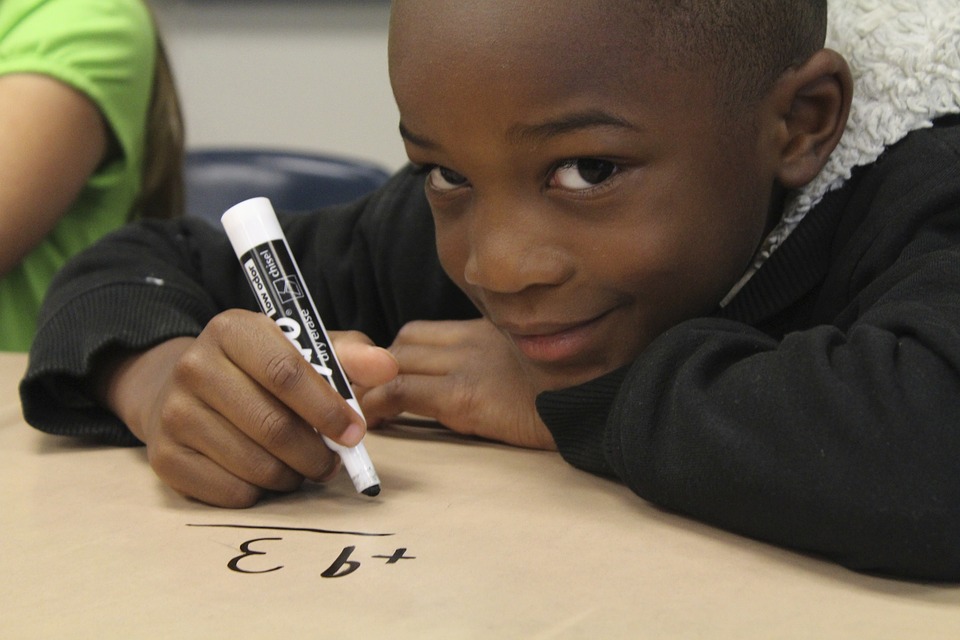By: JillVettel
There has long been a strong link between reading to young children and a boost in literacy skills, but now researchers have found a similar link between engaging young children in math activities at home and an increase in numeracy skills later on.
But it’s not flash cards and math drills that help kids learn about math from a young age. Researchers from KU Leuven in Belgium found that activities such as talking about money while shopping and how to measure ingredients while cooking, playing card and board games, and sorting objects by color, shape, and size are all associated with an early acquisition of mathematical skills.
“These activities,” said the study’s lead author Belde Mutaf Yildz, “were linked with a more accurate estimation of the position of a digit on an empty number line. In addition, engaging in activities such as card and board games was associated with better pictorial calculation skills.”
And an earlier study from Purdue University also found that encouraging math skills early on goes even farther than just boosting children’s understanding of math concepts, but also increases a child’s overall vocabulary. This may be due to the question and answer nature of math, the Purdue researchers think, that when parents have a dialogue about values and comparisons and quantities, it improves children’s oral language skills.
Both studies emphasize that there needs to be increased awareness of the importance of early math learning and that parents should be encouraged to work on these skills with their children at home, just as there has been a big push over the years to read to young children in order to improve their literacy skills.
But if you aren’t a math whiz yourself, don’t stress. The important math skills to focus on aren’t big, complex concepts or difficult computations, but engaging children in how math is part of our everyday lives: Point out different shapes while grocery shopping, count how many strawberries are on their plate at lunch and how many are left as they eat them, point out patterns in the tile floor, collect small objects on a walk and estimate how many were found then count to see how close they were.
Kids are naturally drawn to math concepts, as David Purpura, of the authors of the Purdue study, said. “It’s never too early to talk about numbers and quantities. One of the first words young children learn is ‘more.’”

